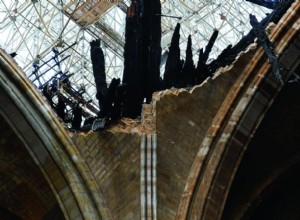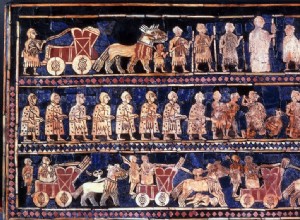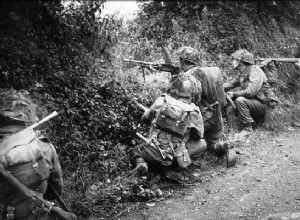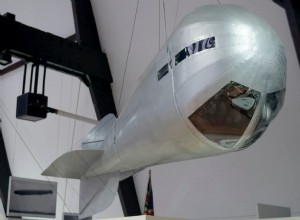Detail of the vault of the collapsed transept crossing, with charred pieces of the spire frame, April 26, 2019 • INRAP/SERVICE DE PRESSE It has been more than a year since a fire destroyed part of Notre-Dame de Paris on April 15, 2019. As of July 30, an exceptional law entrusted Inrap (National




